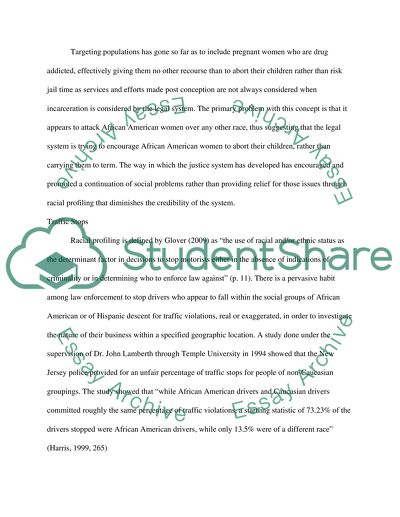Cite this document
(“Disparities between races in the legal system Term Paper”, n.d.)
Retrieved from https://studentshare.org/social-science/1417010-profiling-in-america-and-how-race-and-social-class
Retrieved from https://studentshare.org/social-science/1417010-profiling-in-america-and-how-race-and-social-class
(Disparities Between Races in the Legal System Term Paper)
https://studentshare.org/social-science/1417010-profiling-in-america-and-how-race-and-social-class.
https://studentshare.org/social-science/1417010-profiling-in-america-and-how-race-and-social-class.
“Disparities Between Races in the Legal System Term Paper”, n.d. https://studentshare.org/social-science/1417010-profiling-in-america-and-how-race-and-social-class.


